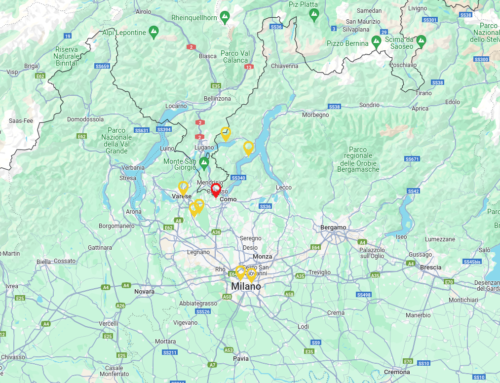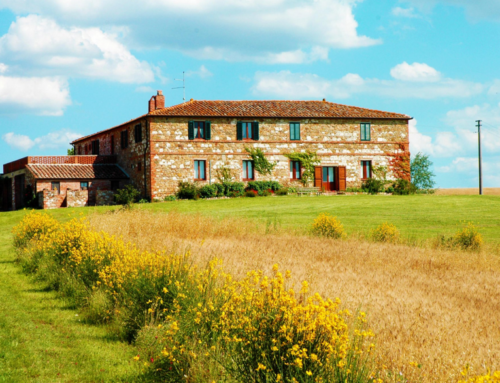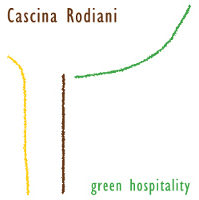We would like to introduce you to the UNESCO properties in our vicinity that can be reached within a maximum of one and a half hours by car (Lombardy, Piedmont and Canton Ticino). In addition, in the UNESCO – Creative Cities section we are pleased to include the city of Como.
Sacri Monti from Piedmont and from Lombard
There are 9 prayer paths which travel across Sacri Monti, 7 from Piedmont (Varallo, Crea, Orta, Oropa, Ghiffa, Domodossola, and Valperga) and 2 from Lombardy (Ossuccio and Varese), are located in the mountains of northern Italy and consist of nine distinct complexes of chapels and sacred architecture from the 16th and 17th centuries.
Monte San Giorgio
Monte San Giorgio is included among the most relevant marine fossil sites of the world, concerning the middle triassic age (247-237 million years ago).
The Longobards in Italy. Places of power
Traces from the Longobards can be found all around Italy. The assets featured in the Unesco section represent the most important architectural, pictorial and sculptural testimonies of the longobards masteries.
Prehistoric pile-dwelling sites in the Alps
The alpin chain, heart of Europa, holds 111 well preserved prehistorical settlements dating between the year 5000 and the 500 b.c., located near the lakes and rivers of Switzerland, Austria, France, Germany, Italy and Slovenia.
The Dominican church and convent (of Santa Maria Delle Grazie) and the cenacle (by Leonardo Da Vinci)
The “Ultima Cena” by Leonardo Da Vinci, the last supper is one of the major masterpieces found in Italy. Leonardo Da Vinci influenced the entire development of painting, since the Renaissance.
Crespi D’Adda
The model village of Crespi D’Adda was built between the1800s and the 1900s by the Crespi family, who created the “the ideal city of work” next to their textile factory, to hosp the employees and their families. An exceptional example of industrial archaeology and company town.
Three castles, town wall of Bellinzona
The site is an outstanding example of a late medieval defensive structure guarding a key strategic alpine pass. A second castle, Montebello, forms an integral part of the fortifications, while a third one, Sasso Corbano, stands alone on a isolated rocky promontory.
Venetian defence works between the 16th and 17th centuries: Stato da Terra – Stato da Mar Occidentale
The imposing defensive system stretches for over 1000 km between the “Stato da Terra” and “Stato da Mar Occidentale”, including the walled cities of Bergamo, Peschiera del Garda and Cattaro in Montenegro. In Bergamo the walls extend for over 5 km, with up to 50 meters high walls.
Edited by Katiuscia






